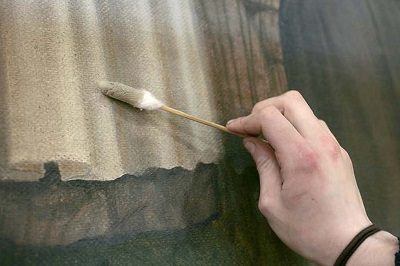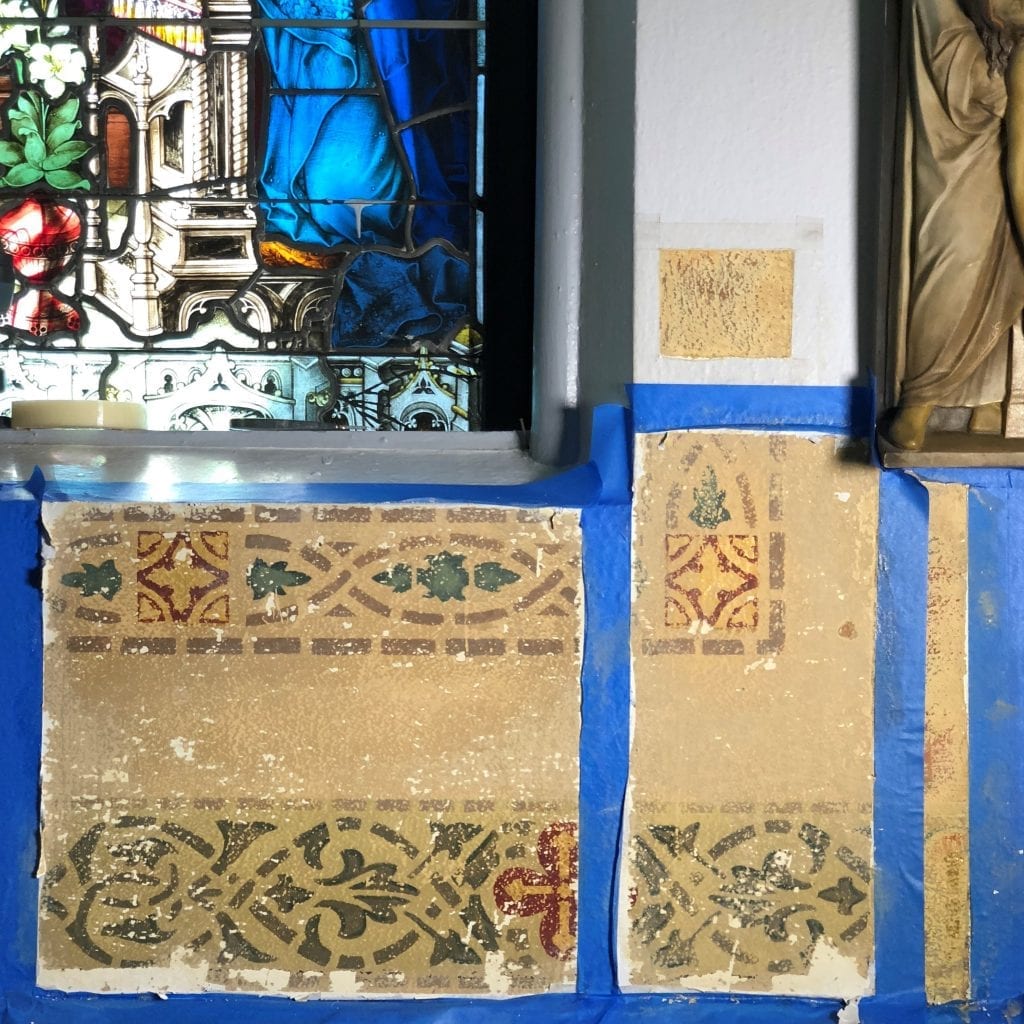Before conducting work on a historic building, a condition assessment must be undertaken to ensure a full understanding of the existing conditions and needs of the structure. By doing this, we can be sure that our work will not harm the historic and cultural integrity of the building being preserved. On a historic university campus, this can be especially important, as the community has been built around this history and culture, which must also be preserved as a part of the restoration project. A condition assessment may be done even if there is not an immediate need for restoration – the assessment can simply serve as a way to document exactly what exists in a building at the given time. A facility condition assessment at a historic university is similar to a normal conditions assessment that we would perform for a home, however, a facility condition assessment will also note the functionality of the space being assessed. Because universities are used by large numbers of people and must continually be able to adapt to current needs of the students and faculty, the functionality of a space may need to be upgraded in order to make the best use of the space at hand. A facility condition assessment is unique in that it not only strives to document the current conditions of the space in an effort to maintain the historic integrity come the time for restoration, but it also notes how a space could be changed to better suit the use of the building while also maintaining the historic integrity.
Paint exposure in progress (left) and the original campaign uncovered through the exposure (right).
When conducting a facility condition assessment, there are key components that must be included. The final assessment should include a history of the building and its use, notes about the current use of the building, a comprehensive documentation of the existing condition of the building, and a treatment recommendation section that notes both restoration treatments and ways to improve the functionality and/or safety of the space.
Including a section about the history of the building is a crucial step in the condition assessment process. Providing an outline of the history gives context to the building, and helps to build a framework of the cultural and historical integrity of the structure. This helps the consultants or conservators to know what is important and must be preserved during a restoration project. Canning is guided by the principle “do no harm.” This principle carries through to every project we undertake, and by supplying thorough documentation of research, we are aware of what we must preserve and conserve so that we do no harm to the historic building.

Historic photo of Battell Chapel at Yale University
The current use of the building should be noted and discussed in a facility condition assessment. Universities, especially historic universities, have lived many lives and have had to adapt buildings to suit different purposes for students over the years. Overtime, these historic buildings are bound to become damaged and dated for the current purpose. This does not mean that the buildings need to let go of their history; in fact, there are ways to redesign the interiors to fit present-day needs without harming any of the historic integrity of the building. For this to be able to happen, the most current use of the space must be noted, and the functionality of this space will be further discussed in the report in the recommendation section.

Overview photo of existing conditions and use of Farquharson Hallat the Culinary Institute of America before the space was restored in 2001. Farquharson Hall was once the main seminary chapel of the Jesuit novitiate. Originally designed and decorated as a sacred space, the seminary chapel was adapted to serve the CIA’s more secular needs in 1970.
The existing condition of the historic university building must also be documented as a part of a facility condition assessment. Just like any other condition assessment, the main focus of a facility condition assessment is to document the conditions as they appear at present. All areas of the building, interior and exterior, must be evaluated and the condition of each element should be noted. These notes, completed in the form of text and photos, will serve as a review for any conservator who may restore the space in the future. Some of the conditions that should be documented include normal wear and tear, peeling, water damage, cracks, fading, delamination, chipping, crumbling, and missing sections. Each condition should also note the level of concern the condition poses to the safety of the building, as well as the level of importance. The level of importance is documented in order to determine what repair, maintenance, restoration, or conservation efforts are absolutely necessary, and which ones may not need immediate attention. Based on these records, the time frame for the work required can be determined and included in the report.

Conservation cleaning in progress at Boston College.
Finally, as with any other condition assessment, the last section in the report should contain treatment recommendations for future restoration projects. These recommendations differ for a facility condition assessment, however, as in this type of report, the recommendations will include ways to improve the functionality and safety of the space in question. This might include areas that can be handled internally by the facility maintenance staff, or areas it is recommended an expert be brought in to perform the work. If the restoration or conservation of decorative paint, ornamental plaster, gilding or murals are involved, it will be recommended that a professional is brought in to perform the treatments.
Conservator performing conservation cleaning of the decorative finishes on the ceiling at Yale University’s Sterling Memorial Library.
Canning specializes in providing thorough and comprehensive condition assessments of all types, including facility condition assessments for historic university buildings. We have worked on the preservation and restoration of many historic university campuses across the country, and are always looking for our next collegiate project. Reach out to us through email or request a consultation to be connected with one of our knowledgeable consultants who would be happy to provide more information on conducting a facility condition assessment at historic universities.


















